Road Trip of Rarities 11-20
Road Trip of Rarities 11-20
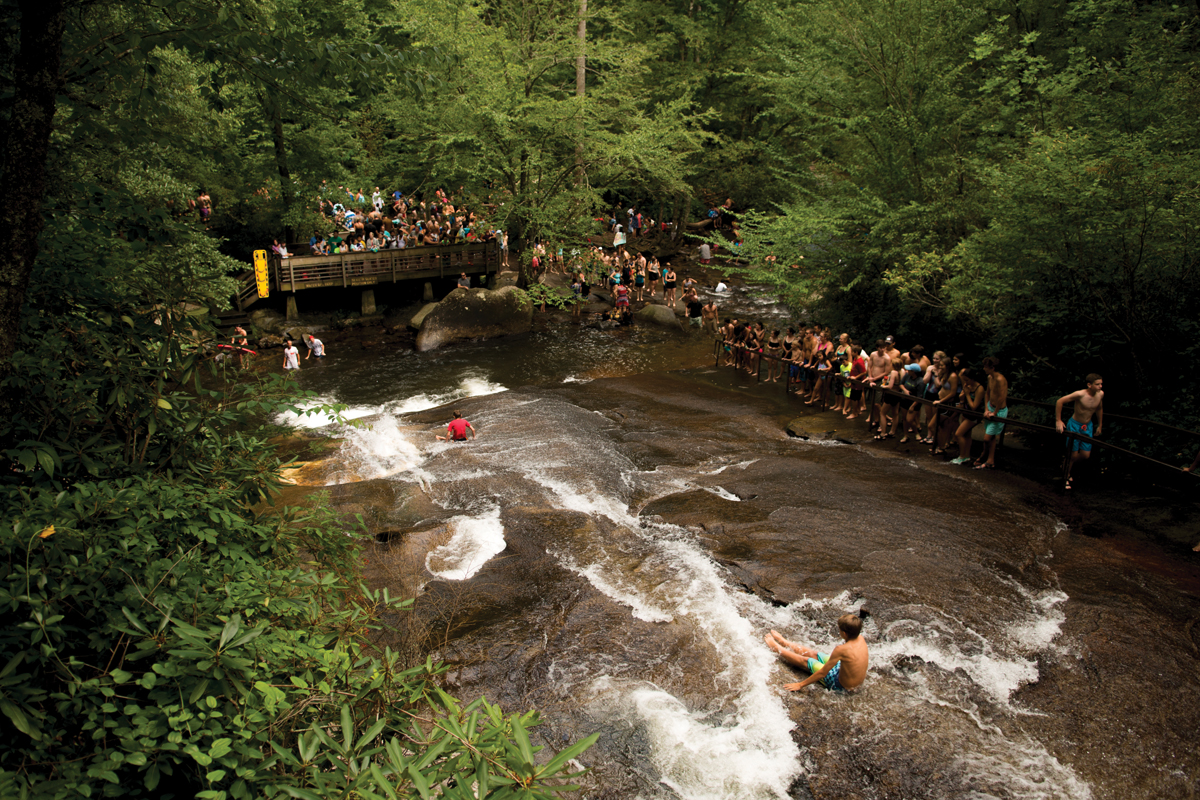
Rigid Rule: DO NOT climb on waterfalls or venture beyond observation barriers.
11. Sliding Rock - Pisgah National Forest
You don’t need a sugar high from drinking Mountain Dew to crave an experience akin to the brand’s iconic old watery outdoor ads. One of the best, truly down home spots to “do nature” the old fashioned way is near Brevard at the enduring swimming and splashing hole called Sliding Rock. This very popular sixty-foot slide into a deep pool is a developed Pisgah National Forest recreation site. It’s open seven days a week from April 30 to October 9, then on weekends through the end of October. A small, per-person fee is charged to manage the crowds and provide lifeguards and restrooms. Best advice—go early, on weekdays. Or check out the other plentiful swimming holes and waterfalls, such as Skinny Dip Falls, not too far away near Shining Rock Wilderness. adventurepisgah.com/sliding-rock
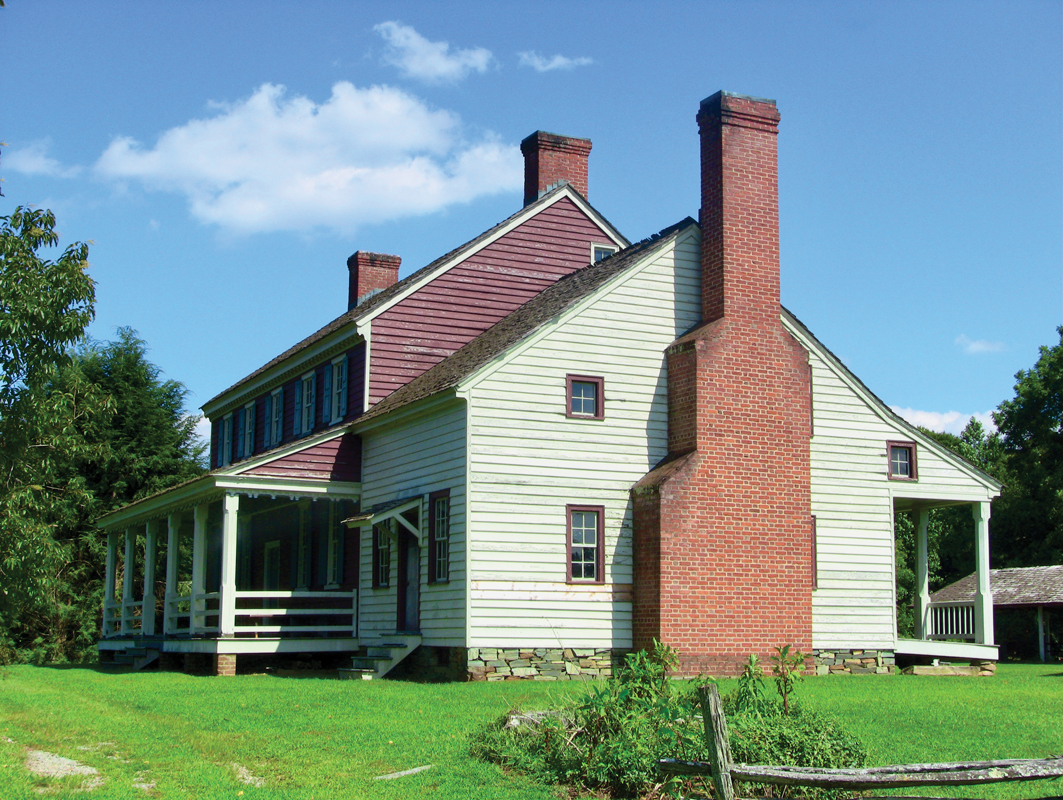
12. Fort Defiance - Lenoir
When William Lenoir took up residence in the early frontier stockade called Fort Defiance, his namesake town of Lenoir was still fifty years in the future. Built at first in defiance of Native Americans, the fort, and later Lenoir’s now restored home of the same name, were among the few landmarks visible on early maps of the mountains. By 1780, Lenoir turned his defiance against American loyalists and their British allies, serving at the Battle of King’s Mountain, a pivotal turning point in the Revolution. Lenoir's chronicle of Revolutionary-era campaigns turned him into a political force in early North Carolina, and Fort Defiance still evokes that transition from wilderness to a young country. Several generations of Lenoirs lived in the house and surrounding area, earning it the current name, Happy Valley. Lenoir descendant W.W. Lenoir lost a leg in the Civil War and his primitive wooden prosthesis is one of 300 intriguing artifacts on display. Late in the 1800s, W.W. used that limb to hobble across the virgin forested summits of Grandfather Mountain as an early owner of a peak famous today for a state park, the Blue Ridge Parkway, and the Swinging Bridge attraction. Guided tours are offered and hours vary by season. historicfortdefiancenc.org

13. The Road to Nowhere - Swain County
“The Road to Nowhere” started as a route to private lands and cemeteries isolated in Great Smoky Mountains National Park after the creation of Fontana Lake flooded earlier access. Environmental concerns arose, and after extended controversy, a 2018 settlement ended the effort to build the once-promised route. What’s left is a very odd experience of following an intensively developed road route, at one point through a 365-foot tunnel, to the quiet solitude of a very scenic shoreline area of America’s most visited national park. The hikes include that tunnel and some sections of the road, but easy trails are the real appeal, including out-and-back walks to coves of the lake and a 3-mile hike of the Goldmine Loop Trail. Reach the parking area on Lakeview Road, 8.5 miles from Bryson City. ncpedia.org/road-nowhere
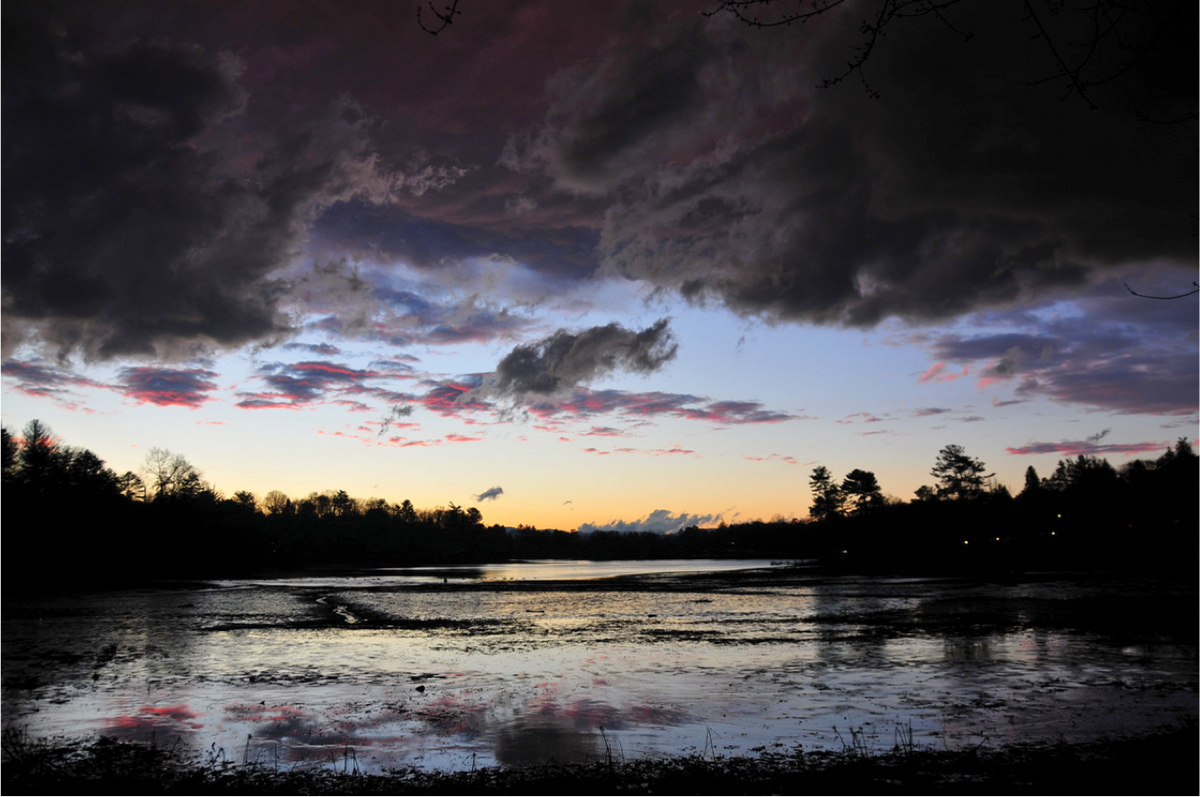
14. Beaver Lake Bird Sanctuary - Asheville
North Asheville’s pocket nature preserve is an inviting spot to quickly shed the city. Beaver Lake Bird Sanctuary features a looping, 0.4-mile, wheelchair-friendly boardwalk that wanders the wetland where Beaverdam Creek feeds the lake. The boardwalk, and a longer loop of the entire lake on more urban neighborhood paths, presents plenty of spots to pause and rest or picnic. This is, after all, a bird sanctuary saved from development by the local Audubon Society chapter, so viewing piers and designated viewpoints also offer excellent opportunities to view wildlife—as do monthly chapter bird outings. Dogs aren’t permitted. Park on Merrimon Avenue. blueridgeaudubon.org
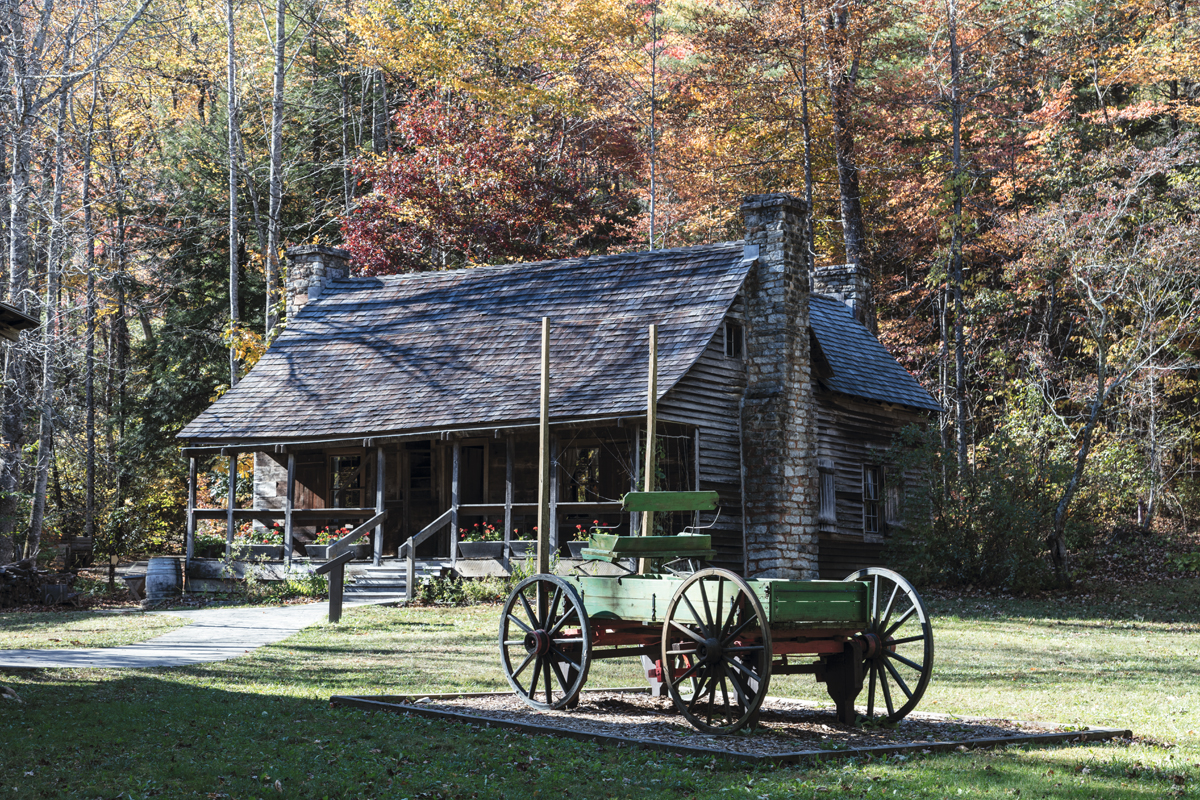
15. Cradle of Forestry - Pisgah National Forest
Just east of the Blue Ridge Parkway near Mount Pisgah, the 6,500-acre Cradle of Forestry is where the nation’s first school of forestry grew, out of George Vanderbilt’s efforts to manage his massive landholdings and Biltmore Estate. Budding foresters flocked here, and in 1898 German forester Dr. Carl Schenck started the United States’ first forestry school.
Today, the campus still has its rustic assortment of mountain cabins to be explored along the one-mile Biltmore Campus Trail, and the Forest Discovery Center interprets the importance of forestry with state-of-the-art exhibits. There's a jostling simulator that replicates a ride on a fire-fighting helicopter. Explore a Climax logging locomotive and hike the easy 1.3-mile Forest Festival Trail, a masterpiece of interpretation on the how and why of forestry.
North Carolinians were among the first to see the need to protect the nation’s forests from over-logging and forest fires; the state supported the adoption of the Weeks Act in 1911, the legislation that created the East’s first national forests. Vanderbilt’s first forester, Gifford Pinchot, became the first chief of the Forest Service, and after Vanderbilt’s death, his lands were among the earliest parcels of the Pisgah National Forest, the first in eastern America. The school closed in 1913, victim to proliferating university forestry programs. The Cradle opens for the 2023 season on April 8. A modest admission fee is charged. gofindoutdoors.org
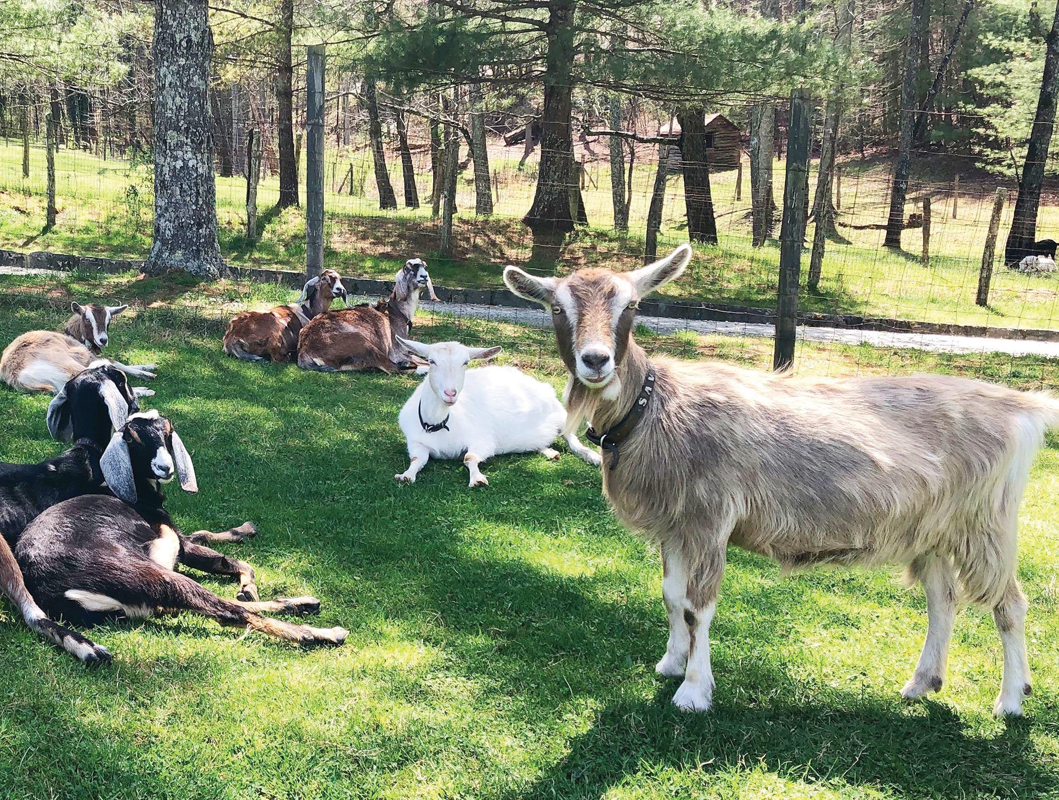
16. Goats at Carl Sandburg Home National Historic Site - Flat Rock
There wouldn’t be so much creamy, delicious, and fresh goat cheese (called chevre) all around WNC if the animals weren’t a fixture of the local food scene. To savor these ruminants’ rich local heritage and stereotype-defying significance, head to Flat Rock and explore Carl and Lillian Sandburg’s goat farm Connemara. Carl’s Pulitzer Prize-winning renown as “Poet of the People,” Lincoln biographer, and song collector wasn’t much more rarefied than Lillian’s legendary status as a master breeder of prize dairy goats. To this day, WNC is home to the American Dairy Goat Association (in Spindale).
The couple’s mid-to-late life family home offers an inspiring glimpse of their lives together and their individual passions for poetry and … goats! The Sandburgs were activists, and Lillian (Sandburg called her “Paula”) was as partisan a promoter of goats as she and Carl had been of socialism. If you like milk and cheese, there’s an amazing number of ways that goat’s milk and cheese far outperform the same products from cows. And that’s just the start of the surprising things goat fans know that the general public doesn’t.
Goats are mountain dwellers, producing high-quality nutrition in challenging environments with a small ecological footprint, which is a big reason why three-quarters of the world’s population consumes goat milk. Goats browse more than grass, and the old saw about the milk having an “off taste” is easily avoided if a goat owner knows what they’re doing, which Paula Sandburg did. Paula Sandburg had international impact as a scientific and successful breeder.
Open Thursday-Sunday. House open for tours (fee, reserve at recreation.gov) 10 a.m. to 4 p.m., goat barn and pasture open 10 a.m.-3 p.m. Five miles of trails with Sandburg-centric interpretive signing are open seven days, dawn to dusk. nps.gov/carl
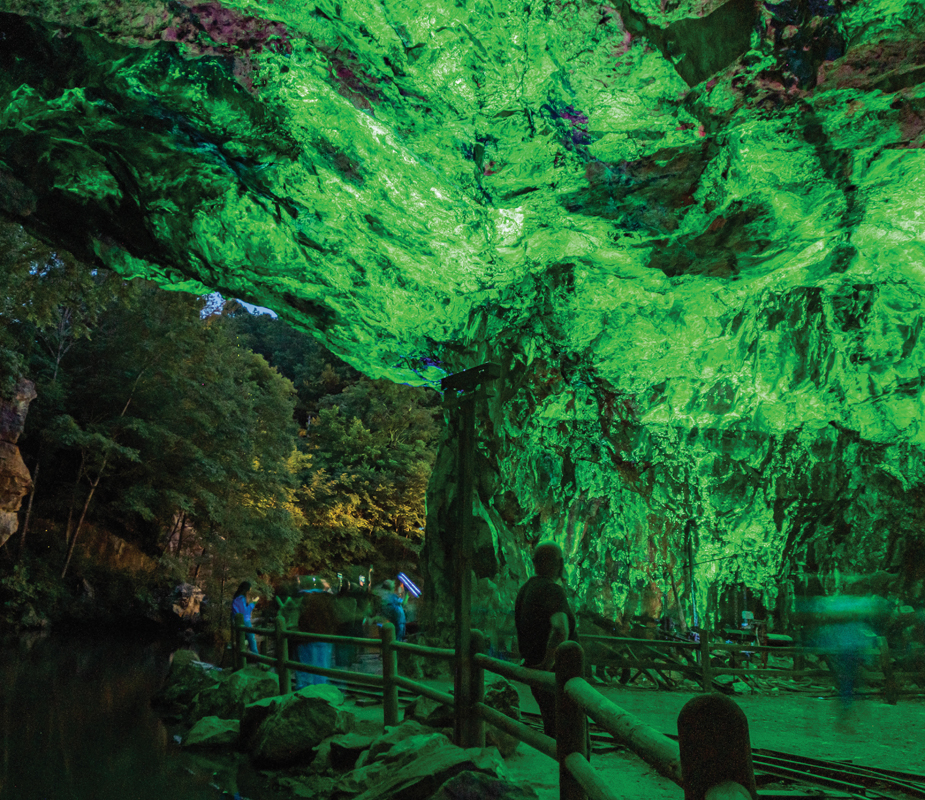
Time-lapse photo of Hyalite Opal on Black Light mine tour.
17. Emerald Village - Spruce Pine
North Carolina has a world-class reputation for gems and minerals, and nowhere is that more earned and obvious than near Spruce Pine. That starts four miles from town at Milepost 331.9 on the Blue Ridge Parkway, at the top-notch Museum of North Carolina Minerals. The insights continue nearby at Emerald Village, just three miles from the Little Switzerland exit at Parkway Milepost 333.9. The popular gem site is an assortment of historic buildings, artifacts, exhibits, and mines that feature a variety of ways to hunt for minerals, including a rarity—actually digging for your own finds in old emerald and gem mines. Buckets are available for panning and there are tours and underground experiences, like an after-dark mine jaunt lit by black light. Open April 1 to October 31, but a great time to visit is the first weekend of August during this year’s 64th annual North Carolina Mineral and Gem Festival (ncgemfest.com). Be sure to check out Mabel Benjamin’s Rocks and Things shop at 114 Oak Avenue in Spruce Pine. emeraldvillage.com
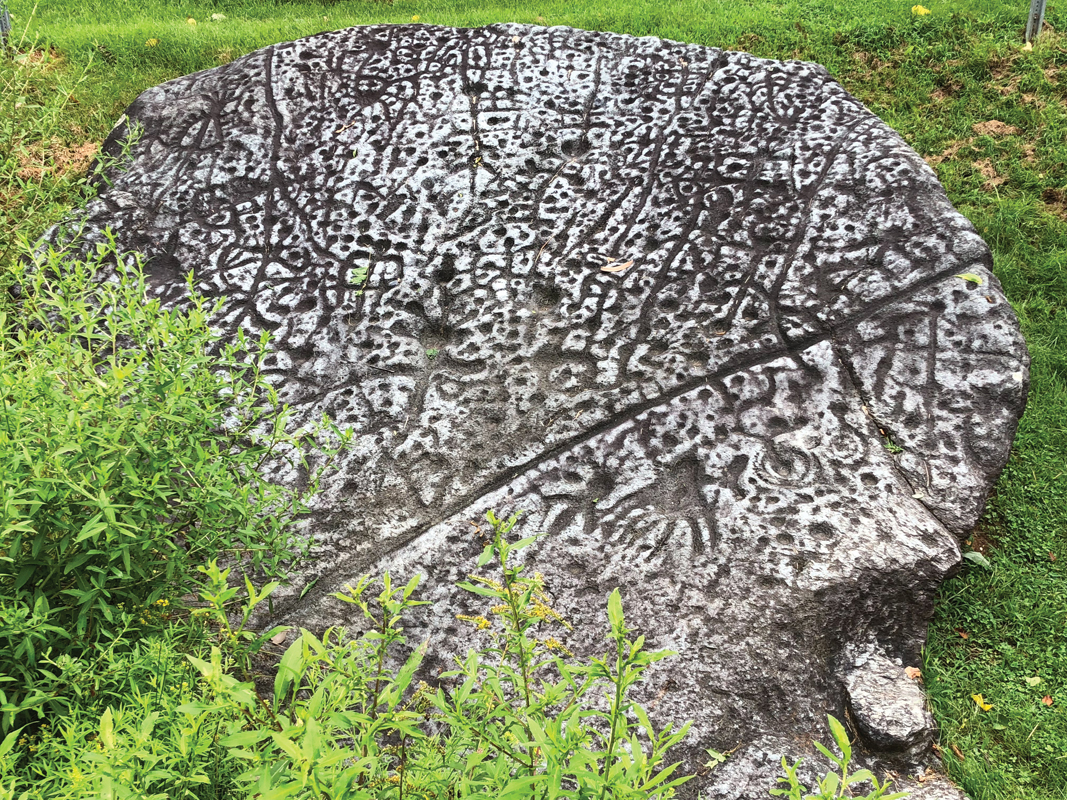
18. Judaculla Rock - Cullowhee
Not far from Cullowhee, Judaculla Rock is a mysterious, petroglyph-carved boulder tied to Cherokee legend. Through more than a century of effort by the landowners, the Parker family, and Jackson County, the rock is in public ownership. It has a viewing platform and interpretive signing, and represents a remarkable story of successful preservation. The rock was added to the National Register of Historic Places in 2013 as nothing less than “one of America’s most significant historical places.” It’s covered with more petroglyphs than any other known boulder east of the Mississippi River. The soapstone rock was quarried for bowls as early as 3,000 years ago, and carving started nearly 1,500 years ago. It may have ended due to European settlers disrupting Cherokee lifeways. The boulder lies on an ancient trail once linking Cherokee towns. An elaborate Cherokee legend explains the connection between Judaculla, the slant-eyed “Master-of-Game,” and the surrounding landscape. In Cherokee syllabary, its name comes from Tuli-cula/Juthcullah/Tsul 'Kalu. discoverjacksonnc.com
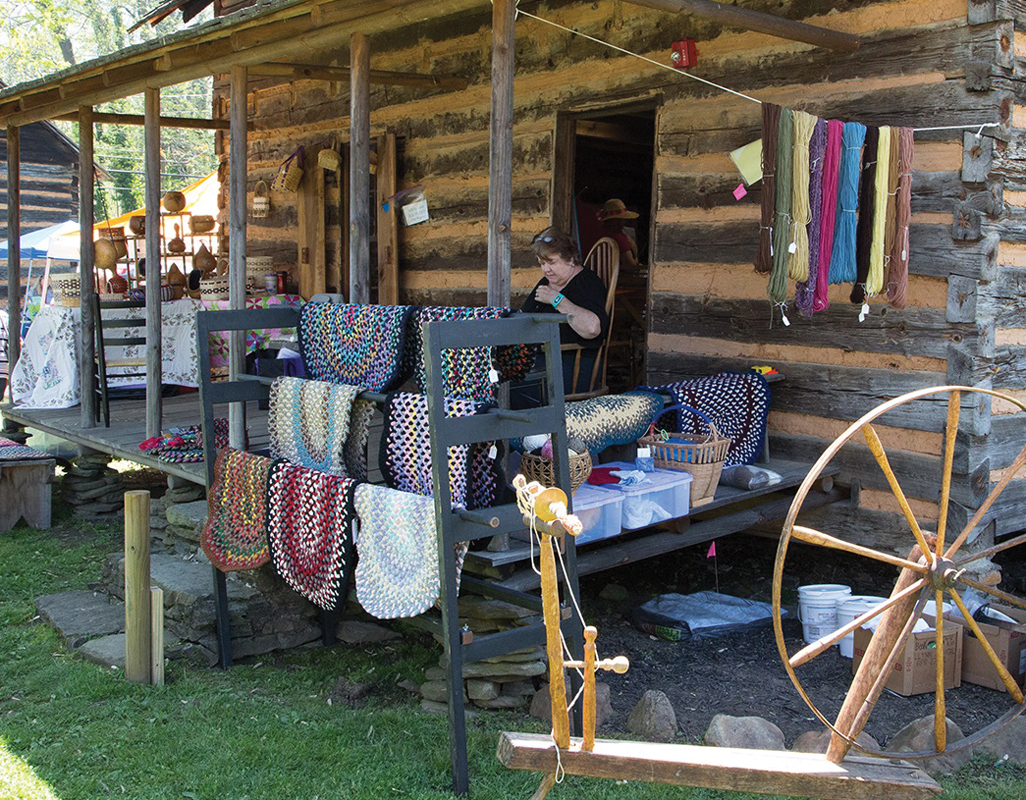
19. Mountain Gateway Museum and Heritage Center - Old Fort
Even folks blowing through on I-40 can get a taste of mountain culture at the westernmost branch of the North Carolina Museum of History. The main museum structure was built in 1936 by the WPA, and two historic cabins stand nearby from the 1860s and 1880s, each a permanent exhibit focusing on the lives lived in such rustic structures. Other exhibits include “Remedies from the Past: Folk Medicine in Western North Carolina,” and “ The Spirit of the Mountains: Moonshine and Appalachian Life.” The museum often hosts traveling exhibits, but this year’s newest collection features photos and artifacts commemorating Old Fort’s 150th anniversary as the “gateway” to the mountains. The museum’s annual Pioneer Day festival is held April 9, and features craft and living history demonstrations such as spinning, weaving, dyeing, blacksmithing, along with vendors, food trucks, and live music. Admission is free, but donations are appreciated. mgmnc.org

20. Pinball Museum - Asheville
A wander through Asheville’s Pinball Museum is free (if there’s room to get in!), but fans will think the $15 game fee is a bargain to play seventy vintage pinball machines and classic arcade-style video games. No coins or tokens needed. ashevillepinball.com